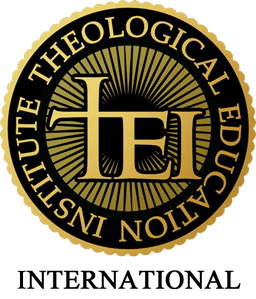Three Basic Concepts of Deity
John C. Rankin (2012)
Across human history, in reverse chronological order, there are three concepts of deity – a monad, a singular unit (Allah), polytheistic concepts (many finite gods as in ancient paganisms and Hinduism), and Trinitarian monotheism (Yahweh Elohim). By “pagan” we refer to that which is descriptively non-biblical. It comes from the Latin pagus for the village or rural districts where the Gospel had yet to advance in the early church years on forward. The same is true for the term “heathen,” drawn from the rural heathers.
First, Allah equals unity without diversity, as he has “no companions,” and is essentially defined by the human number 1. In political terms, this recipe leads to imposed conformity.
Second, polytheism equals diversity without unity, defined by multiples of the human number 1. In political terms, this recipe leads to competing local claims on power, and thus social chaos.
And third, in Yahweh Elohim, we have diversity in service to unity, defining that which is greater than human number. In political terms, this reality serves checks and balances on power, and thus, representative government rooted in the consent of the governed.
Now Muslims and Hindus, as with all people, are made in God’s image and are wired for diversity in service to unity. But their scriptures are too far distant from the assumptions in Genesis 1-2, and thus deep in reactionary pain.
Chronologically, we begin with Yahweh Elohim in Genesis 1-2, and only later with the Tower of Babel in Genesis 11 is polytheism introduced. It is a reaction rooted in the reversal. Then, in post-biblical history, Islam arrives in the seventh century A.D., against the backdrop of the Arab polytheisms of the day. It is a reaction to a reaction.
Thus, in order to communicate honestly with polytheists and Muslims (and atheists too in a different context), we need to know and live the positive assumptions of only Genesis.
###


